One of the wettest regions of Earth ideal for nature-lovers, hikers and adventurers, explorers of mystic root-bridges, hottest chillies amidst friendly natives.
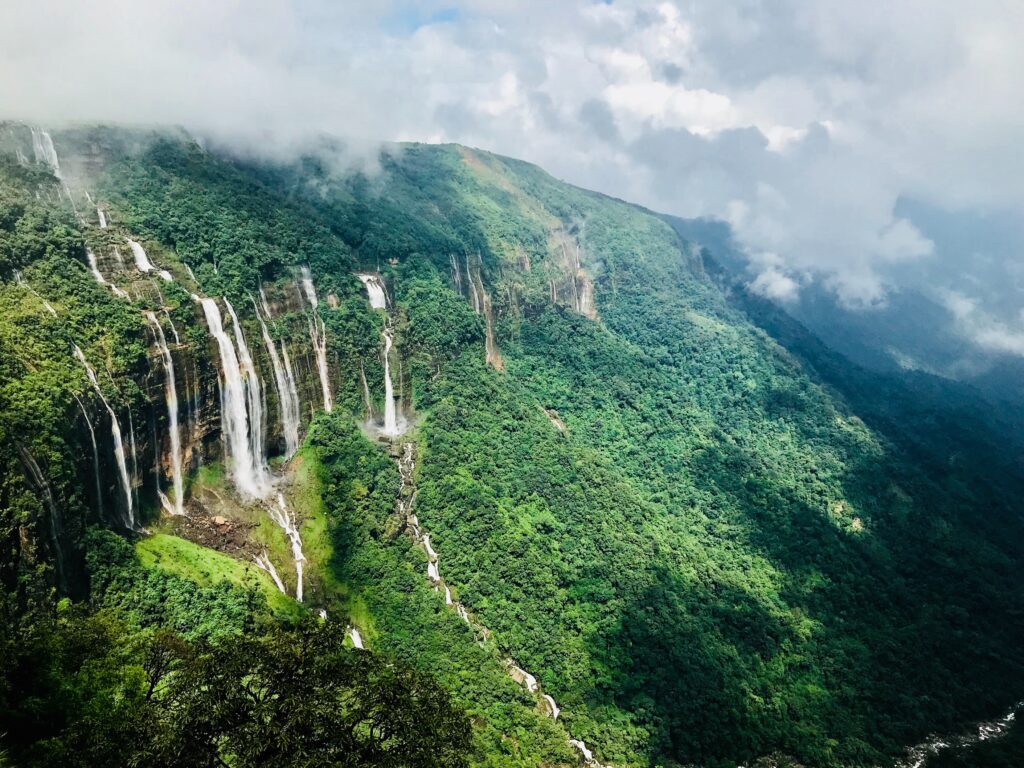
Meghalaya, a northeast state of India, with the capital city Shillong. The state was formed by carving out two districts from the state of Assam: the United Khasi Hills and Jaintia Hills, and the Garo Hills on 21 January 1972.
Prior to 1972, Meghalaya was part of Assam, later the districts of Khasi, Garo and Jaintia hills became the new state of Meghalaya. The state is bound to the south and west by Bangladesh and to the north and east by Indian state of Assam.
Meghalaya is one of the finest North eastern states of India which preserves a lot of natural beauty in it. It’s called the “Abode of Clouds” in Sanskrit. During the British rule of India, the British imperial authorities nicknamed it the ” Scotland of the East ”.
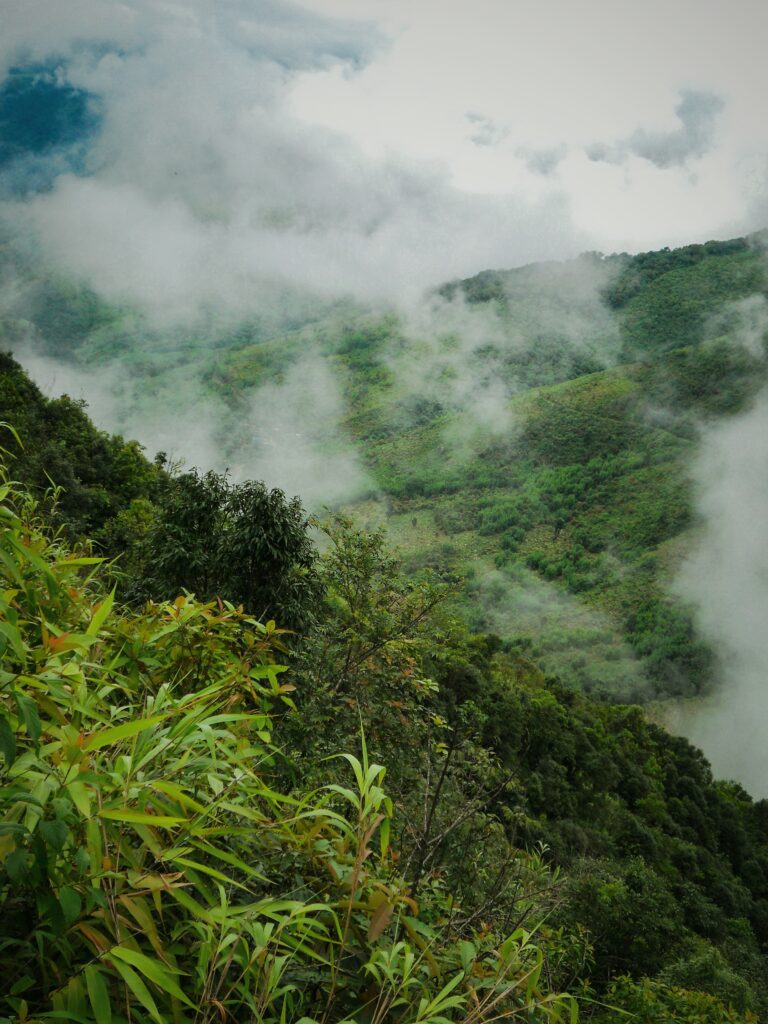
Crystal clear rivers, beautiful plateaus, and pine-covered hills, tumbling waterfalls, virgin forests all of these only add to its majesty. It is not only an abode of phenomenal natural beauty but is also the cradle of the rich cultural and traditional heritage of the Khasi, Garo and Jaintia tribes.
Meghalaya has many rivers most of which are rain fed and seasonal which creates deep gorges and several beautiful waterfalls. Abundant rain, clouds, greenery, and mountains mean that Meghalaya is blessed with resplendent flora and fauna. Sure enough, the state is home to numerous national parks that hold within them wonders of mother nature.
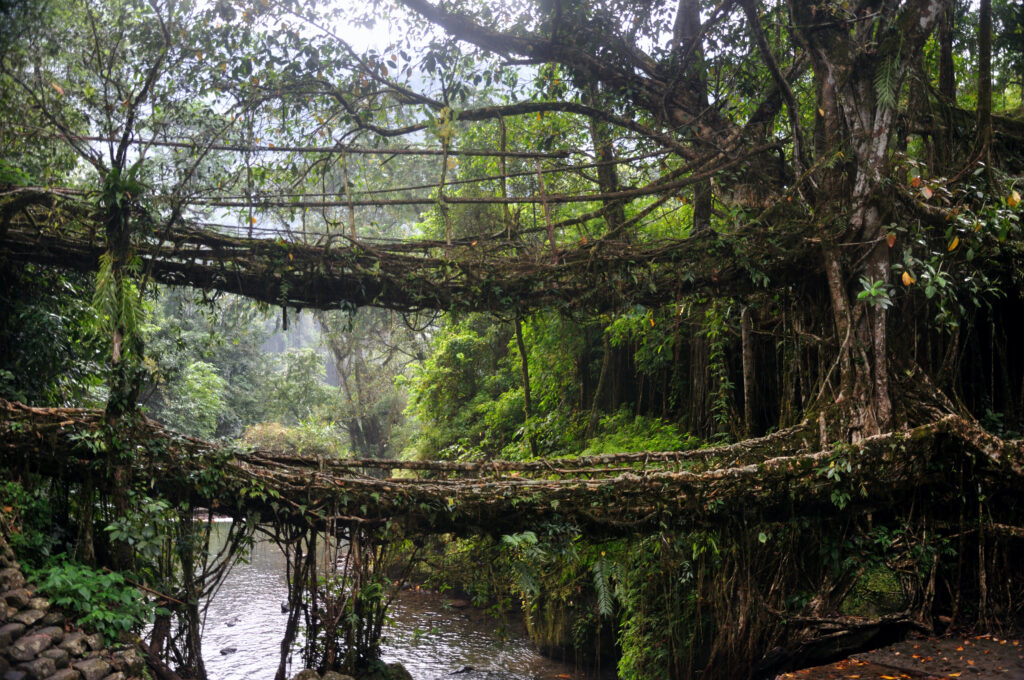
Meghalaya is one of India’s highest rainfall receiving states and is into complete organic farming. It is also the home to a large variety of fruits, vegetables, spices, and medicinal plants. Meghalaya is also famous for its large variety of orchids — nearly 325 of them. Of these, the largest variety is found in the Mawsmai, Mawmluh and Sohrarim forests in the Khasi hills.
Meghalaya has natural advantages in growing a variety of spices of which the prominent ones are turmeric, ginger, chilli, black-pepper, and bay-leaf. Except for bay leaf, which is a minor forest produce, the other spices are cultivated. Chilli is grown all over the State while black pepper is grown mainly in the Khasi hills districts of the State. Large Cardamom has recently been introduced and is slowly becoming popular with the farmers. Explore with us for enligtening knowledge of north-east Indian Spice and Chilli cultivation with Discover North-East tour.
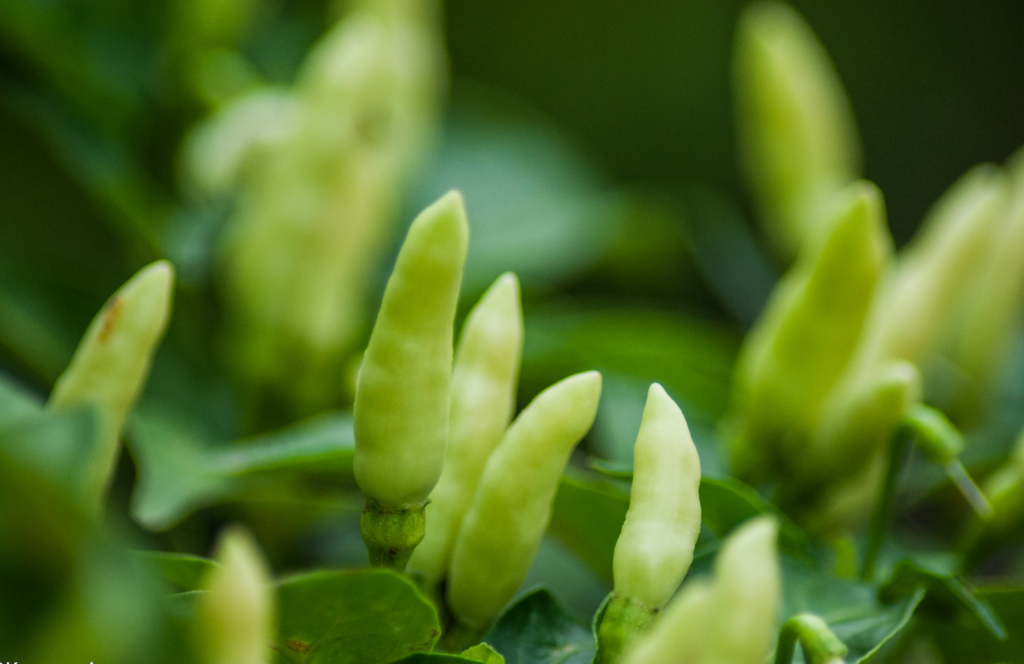
Bhut Jolikia is certified as the hottest chilli in the world by Guinness book of record. It is also known as ‘Ghost Pepper’ and is cultivated in Arunachal Pradesh, Assam, Nagaland and Manipur. It is most popularly used in combination with dried or fermented fish and pork.
Meghalaya is favourable for a variety of sub-tropical and temperate fruits. Sub-tropical fruits grown include citrus species, pineapple, banana, papaya, guava and jack-fruit. Temperate fruits such as pear, peach and plums are widely grown in the Khasi Hills districts of the State.
The population of Meghalaya, as of 2016, is estimated to be 3,211,474. The main ethnic communities of Meghalaya include Khasis, Garo, and Jaintia. It is believed that people from these communities came to Meghalaya from South East Asia. The people of Meghalaya are known for their cheerful nature and adaptability.
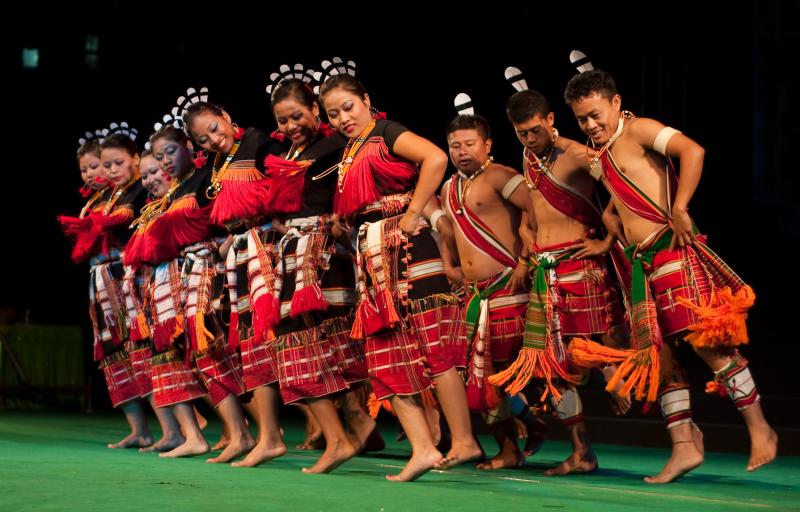
The state of Meghalaya is well known for various crafts. Handicrafts made with cane and bamboo products, textile weaving, carpet weaving, ornament making and wood carving also hold an important place in Meghalaya’s art and crafts. In fact, weaving forms an integral part in the culture of the state and its tribes.
Some of the Meghalaya dances are Shad Sukmysiem, Shad Nongkrem, Derogata, Do Dru Sua, Laho, etc. Traditional folk dances in the state of Meghalaya are generally held in public places in the open ground. Different communities have different dance forms for instance, Khasis, Garos and Pnars.
Interestingly, unlike many Indian states, Meghalaya has historically followed a matrilineal system where the lineage and inheritance are traced through women; the youngest daughter inherits all wealth and she also takes care of her parents.
The staple food of the Meghalayan people is rice with spicy meat and fish preparations. They rear goats, pigs, fowl, ducks and cows and relish their meat. The popular dishes of Khasis and Jaintia are Jadoh, Ki Kpu, Tung Rymbai, and pickled bamboo shoots; bamboo shoots are also a favorite dish of the Garos.
The climate of Meghalaya varies with the altitude. It is neither too warm in summer nor too cold in winter, but over the plains of Garo Hills, the climate is warm and humid, except in winter. True to its name, the Meghalaya sky seldom remains free of clouds. The average annual rainfall is about 1,150 cm.
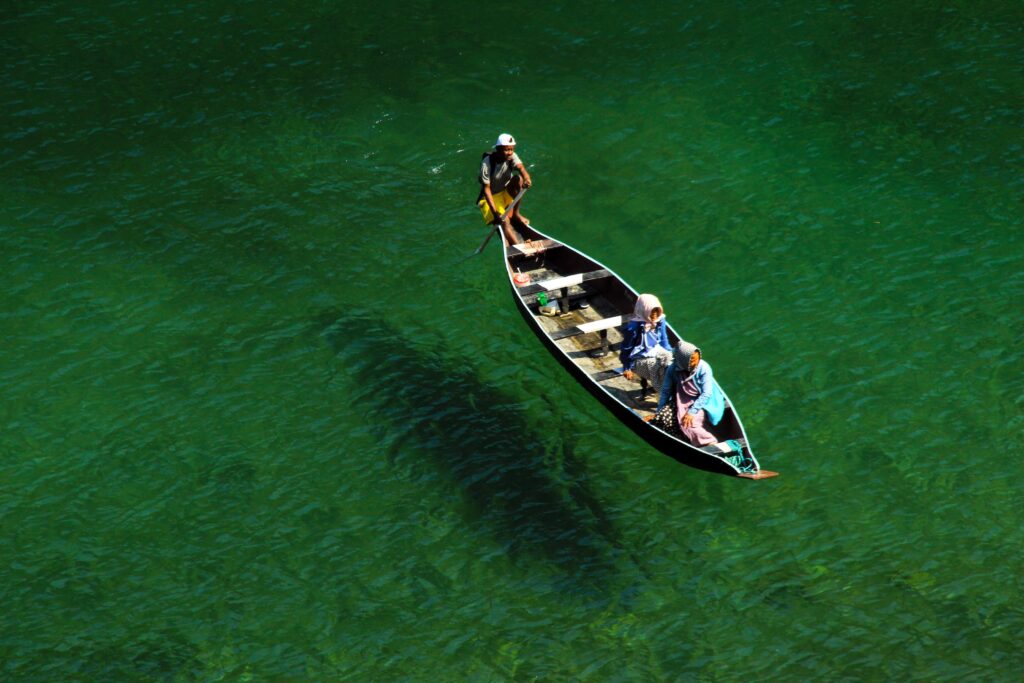
Shillong
Shillong, called as ‘Scotland of The East’, the capital of Meghalaya, is the only hill station in the country that is accessible from all sides. With beautiful roads, crystal clear lakes, mesmerizing waterfalls and impressive mountains, there are several picturesque places to visit in Shillong. The best season to visit Shillong is undoubtedly summer, when you can bask in day temperatures between 18-22°C and enjoy the night as they never drop below 15°C.
Cherrapunji
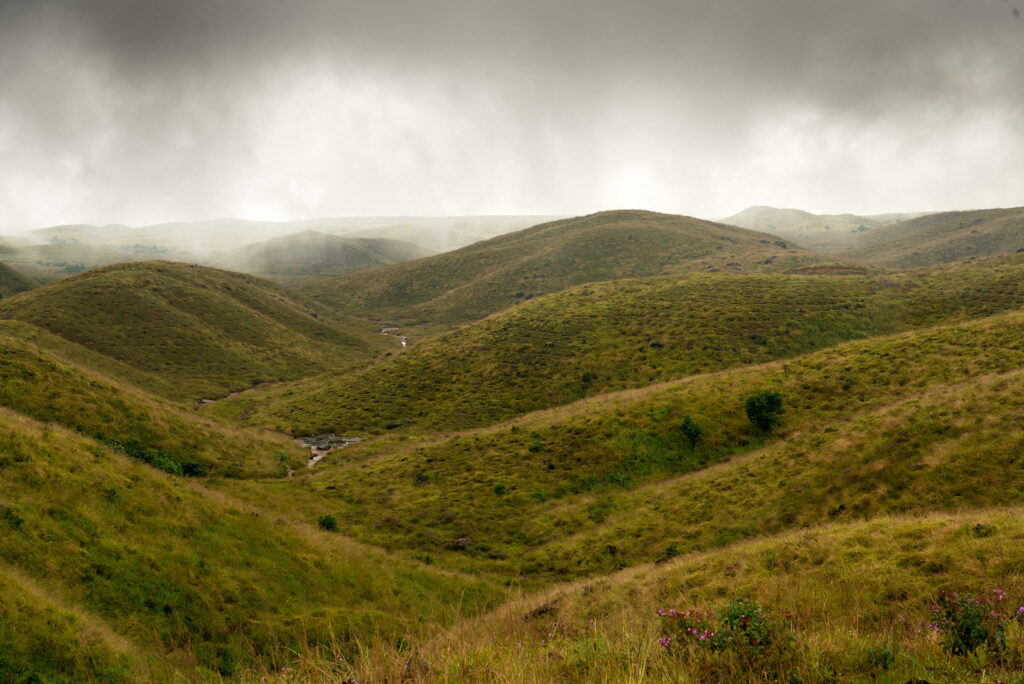
Cherrapunji, located in the East Khasi Hills in the Indian state of Meghalaya, holds the dubious honor of being the “wettest” place on earth. It looks breathtakingly beautiful. Receiving an annual rainfall of 11,777 mm, Cherrapunji happens to be not only the second wettest place in India, but also on the planet. For lovers of monsoon and chai, every day in this town looks breathtakingly beautiful.
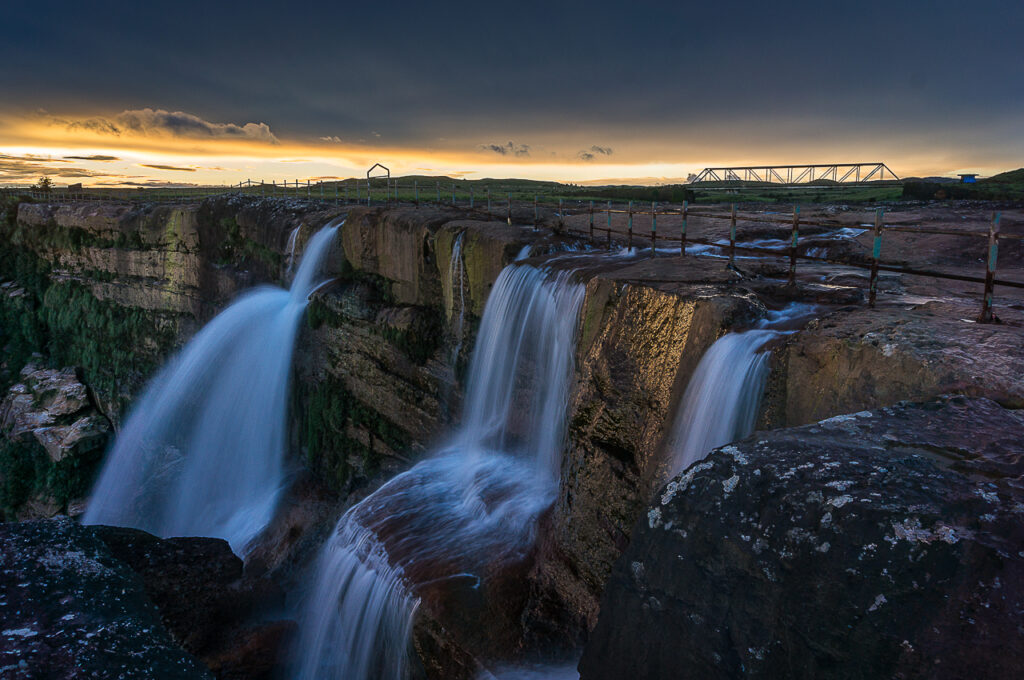
Mawlynnong
This is the cleanest village in Asia famous for its beautiful root bridges. The dense wilderness surrounding this village is a perfect spot to spend some quality time with your partner. Mawlynnong, located in Meghalaya, is called “God’s own Garden” and has enough reasons for that. It was awarded the title “Cleanest Village in Asia” by Discover India in 2003. The cleanliness and the stunning beauty of nature will leave you spellbound. It is the most mesmerizing place to visit.
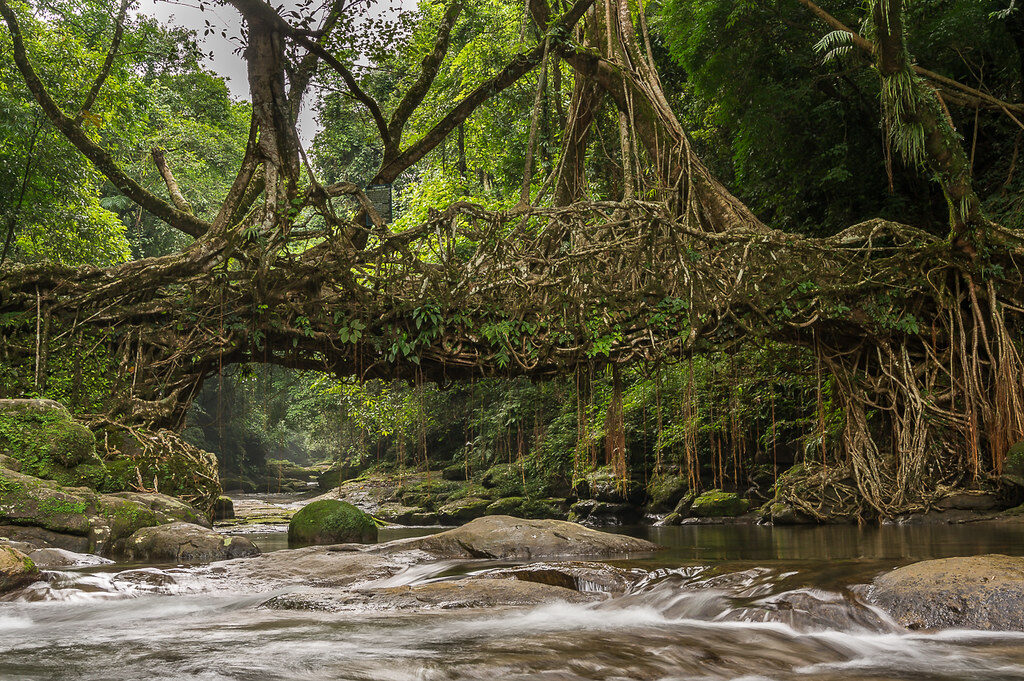
Dawki
The Dawki area is a beautiful and pristine region of Meghalaya. Parts of the area are more heavily visited by tourists than others, but even the areas that are more popular are worth seeing. Early February and March are good times to visit Dawki, definitely before monsoon, as the river will lose its charm. A quaint town in the heart of Meghalaya, situated in northeastern India is a place sure to be remembered. The west of the Jaintia hills-Dawki, also stands as India’s border with Bangladesh. One can visit here to get lush green hills, crystal clear waters and an ample amount of fresh air to inhale.
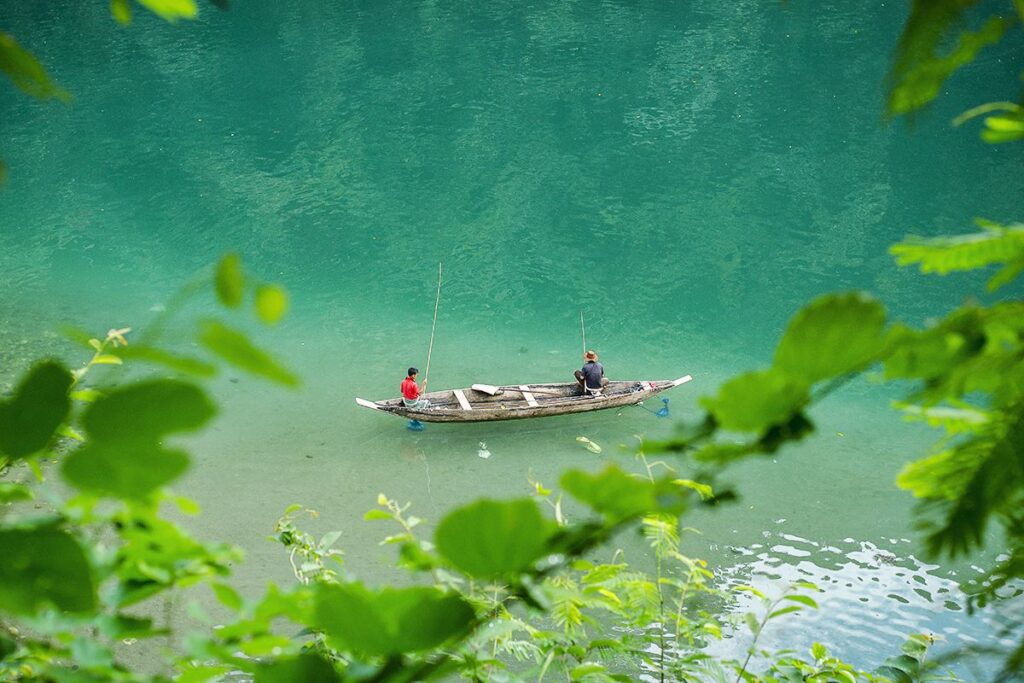
Mawsynram
Famed as the wettest place in India, Mawsynram is a popular hill station among tourists. The region receives annual rainfall of almost 12 meters. The region is blessed with incredible flora and fauna, and you will be always greeted with unexpected rain anytime during the year. Exploring this region is itself an experience for every traveller, wanting to meet with thrill. No doubt, Mawsynram is among the top monsoon destinations that should not be missed.
Balpakram National Park
Balpakram National Park is a national park in the south of Garo Hills in Meghalaya, India, located at an altitude of about 910 m (3,000 ft) close to the international border with Bangladesh. Balpakram means ‘Land of the Eternal Wind’ according to the myth of the Garo people. Balpakram is famous for its forest covered canyon-cum-gorge, which is now part of a National Park. The park also includes the Balpakram plateau and adjacent forests. The area lies in the southern part of Meghalaya.
Tura
The town of Tura in Meghalaya has a myriad of attractions waiting to be explored. Tura is a hill town and a municipality in West Garo Hills district in the Indian state of Meghalaya. One of the largest towns in Meghalaya, Tura is a valley located at the foothills of the Tura hills and right below the Tura peak. Tura makes for one of the most offbeat places in Meghalaya as it boasts of abundant natural luxuries and scenic beauties which are unique throughout the country.
Nongriat
Nongriat is a village in the east Khasi hills district of Meghalaya. It is perhaps best known for its living root bridges; one an impressive double-decker suspension bridge called Jingkieng Nongriat. The living root bridges of Nongriat village are one of the man-made wonders, dating back many centuries.
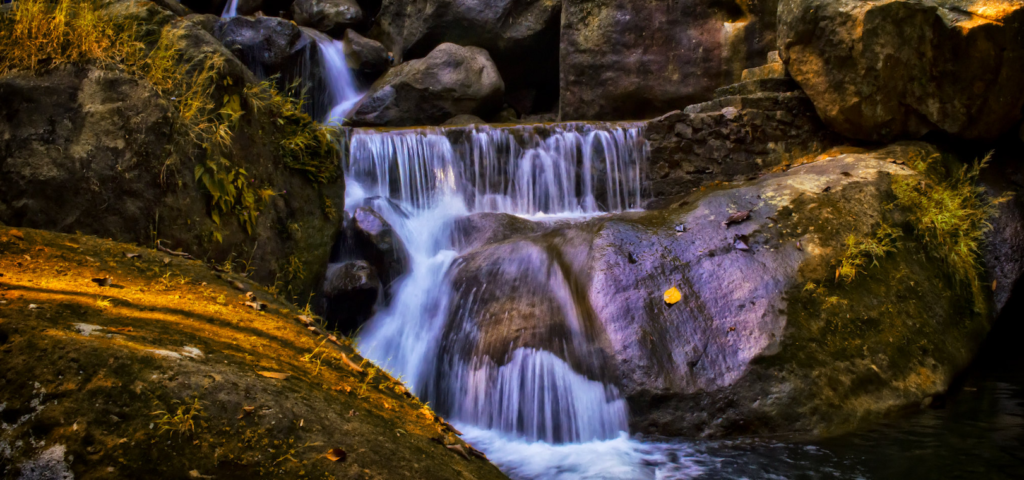
The aerial roots of Banyan tree on opposite sides of the river are continuously twisted, given direction and woven together, till it can be shaped and strengthened into a sturdy bridge. This is the only means for the villagers to cross the raging water streams to reach the other side. There are two living root bridges in Nongriat, a single deck bridge, and a double decker bridge. The breathtaking hike through the forest is well worth it.
Mawphlang
One of the noted sacred forests in Meghalaya is Mawphlang, about 25 km from Shillong. The sacred grove has an amazing life form of plants, flowering trees, orchids and butterflies. An ideal site for nature lovers, the forest has been preserved by traditional religious sanction since time immemorial.
The best season to visit Meghalaya is undoubtedly summer. Most of the state’s tourist destinations receive temperatures that rarely exceed 30 °C, making it a perfect escape between March and June which is the country’s summer season. It is also a favorite among tourists coming from high or moderate temperature zones during autumn and winter, i.e. from October to November and from December to February.
Usually, 6 days are enough to cover the gorgeous beauty of Meghalaya, but you can easily go around for 15 days as well if you intend to cover the rest of the North East belt
Lokpriya Gopinath Bordoloi International Airport is the major airport from Meghalaya is located in Guwahati (Assam) at a distance of 159 km. The airport is well-connected to international cities of Tura and Bangkok along with Indian cities like Mumbai, Delhi, Chennai and Calcutta.
For information on the latest COVID-19 pandemic restrictions, special offers, bookings for customizable comfortable journeys, please contact us info@tripalfresco.com. Check our Discover North East Tour. For luxury and bespoke holidays with chartered planes and private jets please reach us here.
Photo Credits : Rasheda Akter, Parthapratim Bhuyan, Soleil is me, Saurabh Chatterjee, Amit Jain, Amit Rawat, Saravanan Dhandapani, Gaurav Singh, Dinesh Babu, Bob Evans Sawkmie